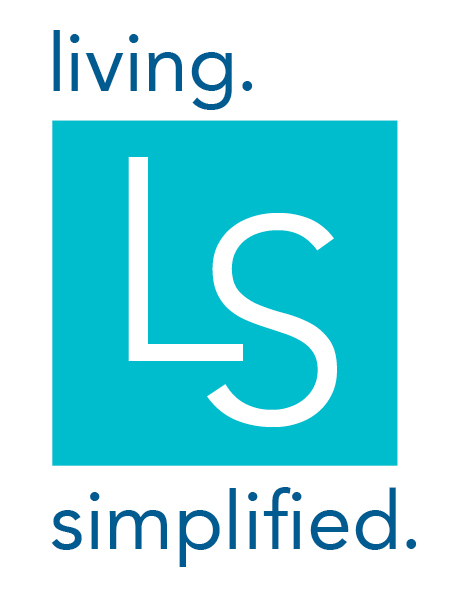Step by Step Process: How to Organize Important Papers
/Making the decision to get your household papers organized is a great idea, and one that takes some time and effort, especially at the beginning. If you’re ready to get started, there are a few tools that you should have handy while organizing your paper: sticky notes to label the categories as you sort; a pen to label the sticky notes; large empty boxes (label one for recycling and one for shredding); and a table or other space that you can work on during the organizing process. Once you have completed the steps outlined below, you can then decide if you need to purchase folders, bins or a cabinet to hold what you decide to keep.
Let’s get started on the process. It’s as easy as 1 . . .2 . . .3!
Step 1: Gather all the paper. Whether from the home office, the kitchen, the kid’s rooms or anywhere else that paper may be hiding in your home, gather all the paper and create a work zone (I like using a large table).
Step 2: Sort paper into broad categories. This first pass through your papers should be quick and solely focused on very broad categories. Common categories might include: Medical, Taxes, School, Insurance, Appliances, Electronics, Retirement Accounts, Banking, Travel and Utilities. Use sticky notes to label the categories as you work.
Step 3: Go through the broad categories a second time. Take a second pass through the broad categories and place items to shred or recycle into your labeled boxes.
Step 4: Further define the categories. Now is the time to break things down into more defined categories. For example, your medical file might now be divided into mom, dad, child #1 and child #2. Appliances might be split into warranties and owners’ manuals (although those are always available online). Pets information might be divided by pet name. At this stage, you need to make a lot of decisions about what to keep and what to save. Be sure to add the items you don’t want to keep to your shred and recycle boxes.
Step 5: Create your file system. Whether you have a filing drawer, a larger filing cabinet, or a portable file box, the next step is to use file hanging folders and manila folders to label and file your paperwork. Then shred what needs shredding and recycle the remainder of the papers.
Want a printable PDF cheat sheet on paper organizing? Send us an email and we’ll send one to you!
Now that you have this fantastic system in place, your last step is to maintain it going forward. Periodically (I like to do this quarterly and I have set a reminder in my phone) go through the files and shred what you no longer need. Taxes from 8 years ago? Say goodbye. Old insurance policy? Not needed any longer.
“Be sure to maintain the system going forward.”
Be sure to celebrate your accomplishment! And if you need help or have any questions, be sure to reach out by sending us an email.


